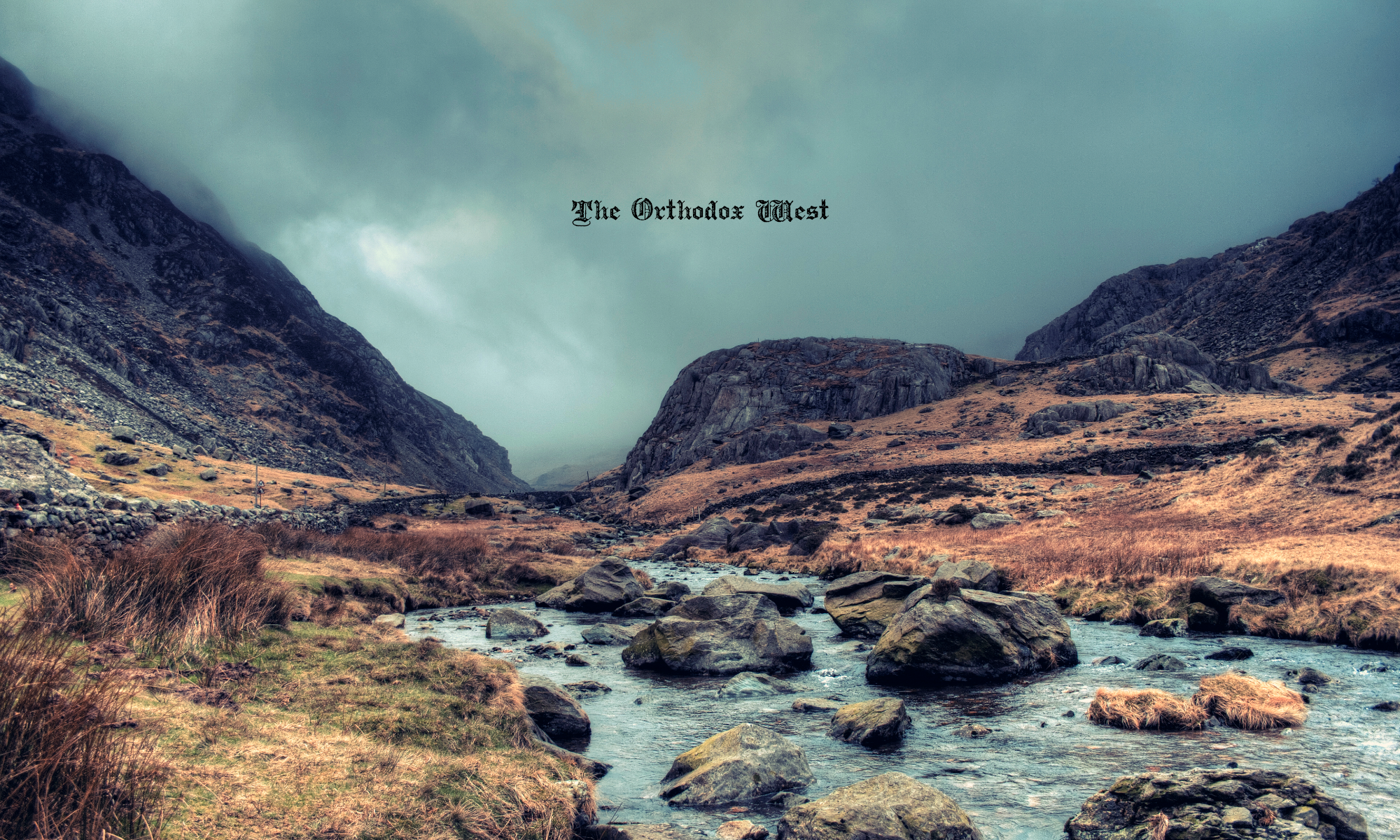If you read the accounts of the Transfiguration in the three Synoptic Gospels—Matthew, Mark, and Luke—you will see that it is prefaced by the scene at Caesarea Philippi in which Jesus asks His disciples the question, “Who do men say that I am?” After the familiar words of St. Peter’s confession of faith, the Transfiguration is immediately prefaced by the words in St. Matthew: “Truly I say to you, there are some standing here who will not taste of death before they see the Son of man coming in his kingdom.” Mark has it, “before they see the kingdom of God come with power,” and Luke, simply, “before they see the kingdom of God.”
Then we have our account of the Transfiguration itself. The Greek word used is metamorphothen, from which we get our word metamorphosis. But interestingly, it has two meanings in the Greek: 1) of a transformation that is outwardly visible, or (2) of a transformation invisible to the physical eye. Thus we are dealing with an event having to do with perception at a sort of mystical level.
In the outward sense, we read that “His face shown like the sun and his garments became white as light.” Thus the first sense of the word. But in the icon of the event, we see Jesus depicted within the mandorla, that almond-shaped oval signifying heaven, Divine Glory, & Uncreated Light. Mandorla is Italian for “almond.” It is the shape of the center intersection of two circles; the intersection of heaven and earth, the intersection of our two definitions of metamorphothen.
The mandorla is one of the clearest and most majestic attributes of Christ in iconography. With it, the glorified body of Christ is depicted beyond the earthly plane of existence. Christ’s garments are usually bright and worked with gold when shown in this manner. It is also used for the Mother of God in those cases when it has to represent her glory beyond the earthly plane. A mandorla usually consists of different shades of blue pierced by rays of light issuing from the subject.
It is found in the icons of Pascha, the Ascension, All Saints, Transfiguration, and the Dormition. It is used to show that Jesus is present to the faithful, in these events, from outside time and space. The presence of the mandorla and the rays of light coming from Christ reveal his divinity, something that is beyond human comprehension. It is simply the iconographic way of representing heavenly glory, mystery, and majesty.
St. Gregory Palamas, in writing of the Transfiguration says:
“Through the fall our nature was stripped of divine illumination and resplendence. But the Logos of God had pity upon our disfigurement and in His compassion He took our nature upon Himself, and on Tabor He manifested it to His elect disciples clothed once again most brilliantly. He shows what we once were and what we shall become through Him in the age to come, if we choose to live our present life as far as possible in accordance with His ways.”
And there is the key to all our desire and all our hope.
In Christ, it is possible for us to see the kingdom of God. Again, it is a matter of perspective. When we behold an icon, we are not merely looking at it. We are likewise being perceived by the divine reality to which the icon points. This is the reverse perspective, and it is one reason we venerate icons. As our focus is directed to the reality of Christ in the one depicted, that same reality is beholding us. And it is that perspective we are to embrace. As God beholds His image and likeness in us, and loves what He beholds, so we are to behold everyone, indeed everything, from that same perspective: to see the image of the Creator in all of His creation, but especially in each human being. It is in such a way that we behold the kingdom of God.
St. Paul uses our same Greek word in 2 Corinthians 3: “But we all, with open face beholding as in a glass the glory of the Lord, are changed (metamorphousthai) into the same image from glory to glory, even as by the Spirit of the Lord.”
We will likely not, as some of the great spiritual giants of faith and prayer and fasting and deeds of charity, manifest the divine light of Tabor in our very being, or perhaps even see it in our secret places of prayer, but by the same faith, prayer, fasting and good deeds, we know that it is there, hid only by a thin veil from the eyes of perception.
We know further, by our Lord’s own words, that the kingdom is within us, to be discovered as a hidden land by the explorer of the Spirit, the one who will take the journey into the realm of the Transfigured Christ. As St. Gregory says, “He shows what we once were and what we shall become through Him in the age to come, if we choose to live our present life as far as possible in accordance with His ways.” As we pray in our Collect today: “mercifully vouchsafe, that we, being made fellow-heirs indeed of the King of glory, may likewise attain to be partakers of that glory.”
When we can begin to perceive that glory in all of His creation, love it even as we are perceived and loved by the Father in His Son, we will have been transfigured by that perfect adoption. This is what we were made for.
This is the path we embark upon at Baptism: that our lives may be forged in the glory of the Transfiguration, and that we all may come to know the Father as He is revealed in His Son, the Archetype of our creation, and the Savior of all who are baptized into His Death and Resurrection.

